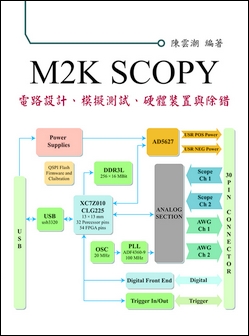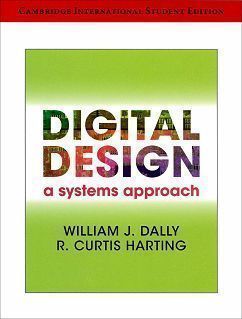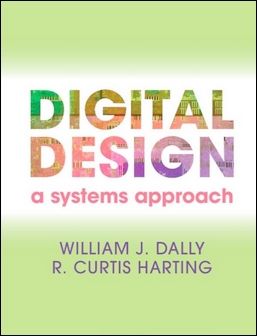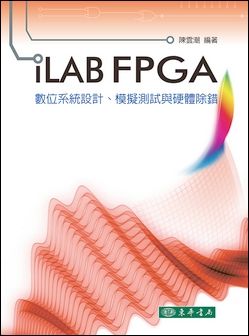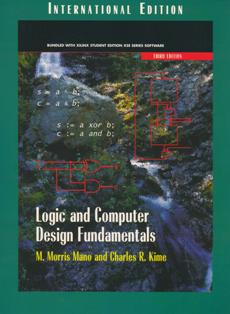書籍分類
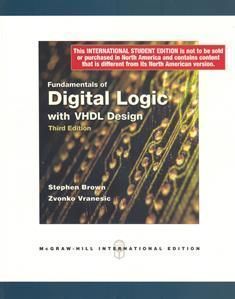
Fundamentals of Digital Logic with VHDL Design 3/e
作者:Stephen Brown, Zvonko Vranesic
原價:NT$ 1,120
ISBN:9780071268806
版次:3
年份:2009
出版商:McGraw-Hill
頁數/規格:939頁
版次:3
年份:2009
出版商:McGraw-Hill
頁數/規格:939頁
內容介紹 目錄 作者介紹
- Description
Fundamentals of Digital Logic with VHDL Design teaches the basic design techniques for logic circuits. It emphasizes the synthesis of circuits and explains how circuits are implemented in real chips. Fundamental concepts are illustrated by using small examples, which are easy to understand. Then, a modular approach is used to show how larger circuits are designed. VHDL is used to demonstrate how the basic building blocks and larger systems are defined in a hardware description language, producing designs that can be implemented with modern CAD tools.



